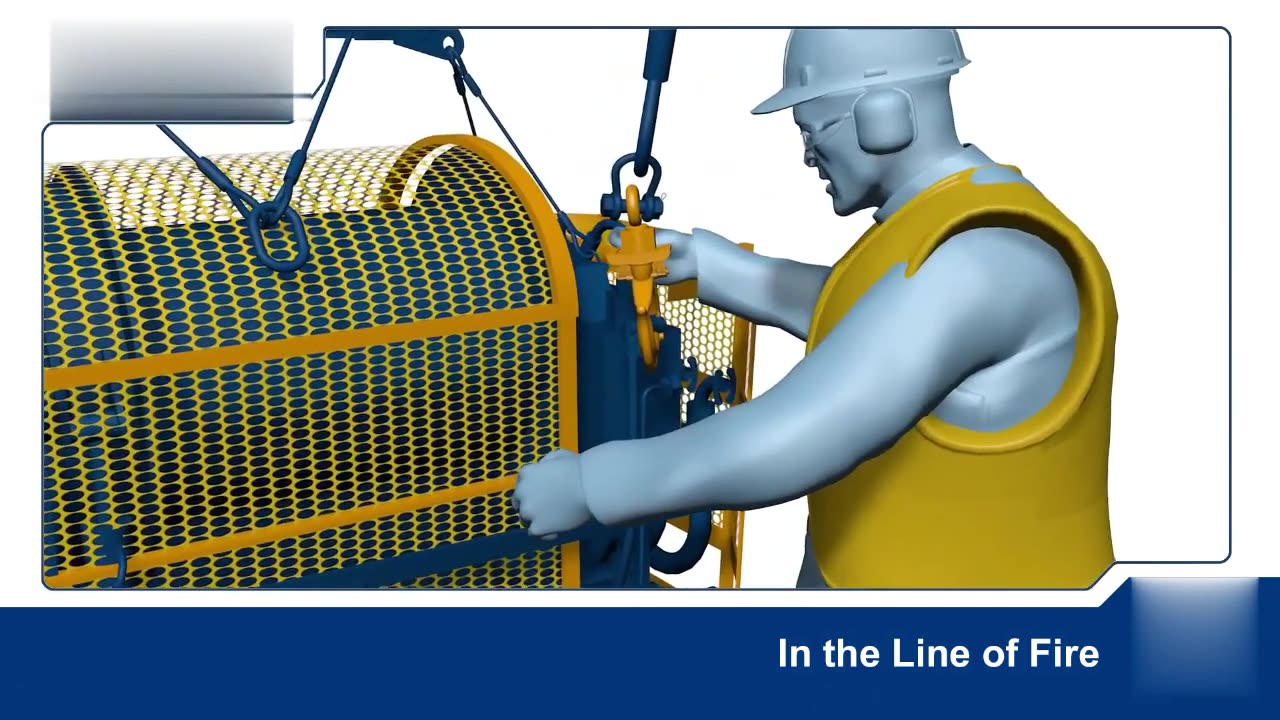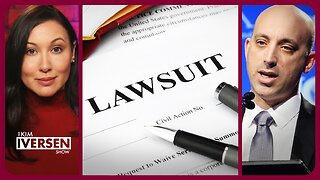Premium Only Content

LINE OF FIRE What that's mean
The term **"Line of Fire"** refers to a position where a person is at risk of being struck, crushed, or otherwise harmed due to the movement of equipment, tools, materials, or energy sources in the workplace. It is a critical concept in workplace safety, especially in industries like construction, oil and gas, manufacturing, and warehousing.
---
### **Understanding "Line of Fire"**
- A person is "in the line of fire" when they are in the path of a potential hazard.
- This could involve direct physical contact with moving objects, exposure to energy release (e.g., high-pressure systems, electricity), or falling objects.
---
### **Three Main Types of Line of Fire Hazards**
1. **Struck-By Hazards**
- Objects moving through the air or across the ground can hit a worker.
- Examples: Tools falling from a height, vehicles in motion, or machinery with moving parts.
2. **Caught-In/Between Hazards**
- A person can be caught or crushed between two objects.
- Examples: Being trapped between a moving vehicle and a stationary structure or between rotating equipment.
3. **Energy Release Hazards**
- Release of energy, such as stored pressure, electricity, or mechanical energy, can cause harm.
- Examples: High-pressure steam, gas release, or an unanticipated release of a spring-loaded component.
---
### **Examples of Line of Fire Situations**
- Standing under a suspended load.
- Working near an operating excavator or forklift.
- Standing near an energy release point (e.g., pressure valve).
- Reaching into the path of a machine's moving parts.
- Working at heights without proper barriers or precautions.
---
### **Preventing Line of Fire Incidents**
1. **Hazard Awareness**
- Identify all potential sources of hazards in the work environment.
- Conduct risk assessments and toolbox talks to educate workers.
2. **Control Measures**
- Use barriers or guards to protect workers from moving equipment.
- Isolate energy sources during maintenance or repair (e.g., Lockout/Tagout).
3. **Safe Work Practices**
- Maintain a safe distance from moving equipment and suspended loads.
- Never position yourself between moving and fixed objects.
- Use proper lifting techniques and equipment.
4. **Personal Protective Equipment (PPE)**
- Wear helmets, gloves, high-visibility clothing, and other PPE as required.
5. **Training and Communication**
- Ensure workers are trained to recognize and avoid line-of-fire hazards.
- Use clear signage and signals to alert workers about high-risk areas.
---
### **Why is Line of Fire Awareness Important?**
- Reduces workplace injuries and fatalities.
- Improves situational awareness among employees.
- Enhances overall workplace safety culture.
Would you like examples of specific line-of-fire scenarios or a checklist for hazard identification?
-
 1:25:53
1:25:53
Kim Iversen
3 days agoStriking Back: Taking on the ADL’s Anti-Free Speech Agenda
74K36 -
 49:35
49:35
Donald Trump Jr.
12 hours agoA New Golden Age: Countdown to Inauguration Day | TRIGGERED Ep.202
154K170 -
 1:14:34
1:14:34
Michael Franzese
11 hours agoWhat's Behind Biden's Shocking Death Row Pardons?
68.7K43 -
 9:49
9:49
Tundra Tactical
9 hours ago $15.74 earnedThe Best Tundra Clips from 2024 Part 1.
88.6K7 -
 1:05:19
1:05:19
Sarah Westall
9 hours agoDying to Be Thin: Ozempic & Obesity, Shedding Massive Weight Safely Using GLP-1 Receptors, Dr. Kazer
78.5K20 -
 54:38
54:38
LFA TV
1 day agoThe Resistance Is Gone | Trumpet Daily 12.26.24 7PM EST
57.3K9 -
 58:14
58:14
theDaily302
18 hours agoThe Daily 302- Tim Ballard
57.1K9 -
 13:22
13:22
Stephen Gardner
12 hours ago🔥You'll NEVER Believe what Trump wants NOW!!
106K288 -
 54:56
54:56
Digital Social Hour
1 day ago $10.83 earnedDOGE, Deep State, Drones & Charlie Kirk | Donald Trump Jr.
59.2K5 -
 DVR
DVR
The Trish Regan Show
13 hours agoTrump‘s FCC Targets Disney CEO Bob Iger Over ABC News Alleged Misconduct
64.2K38